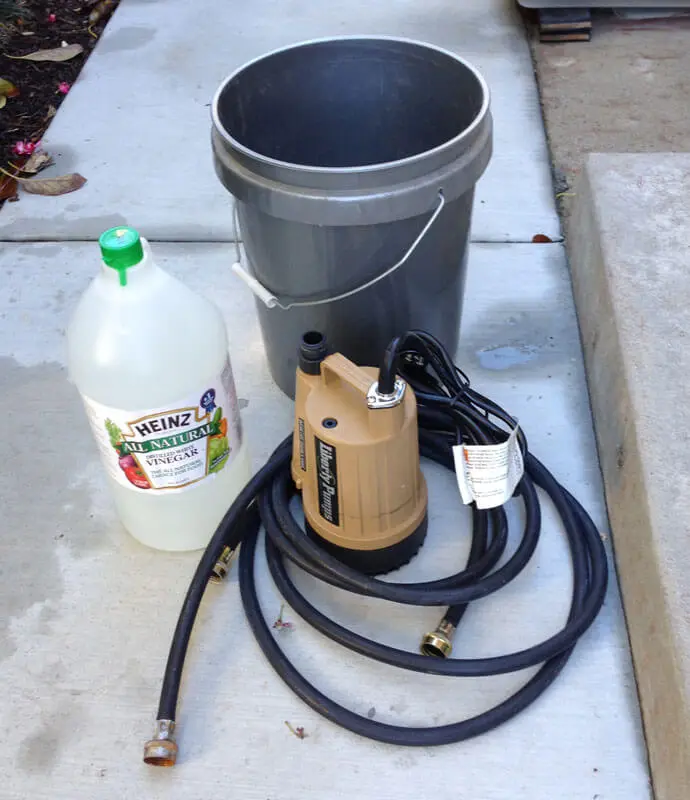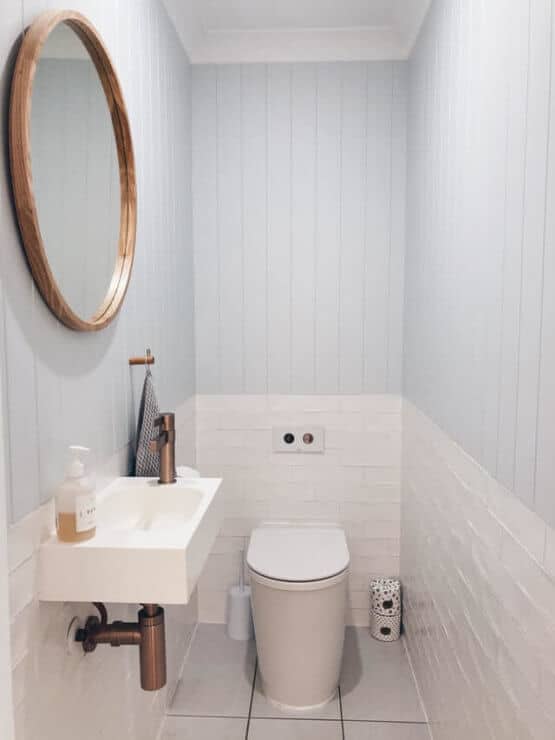Would you like to learn more about descaling tankless water heaters?
When I think about maintaining my tankless water heater, I must confess that it typically only crosses my mind when a problem arises. Like many others, I often overlook the importance of consistent maintenance to ensure the longevity of my tankless water heater. However, much to my relief, there are numerous straightforward methods to resolve any issues that may surface.
In this article, I’ll be sharing some simple steps and essential supplies needed in order to properly descale and maintain our tankless water heaters. With proper care, we can enjoy the benefits of these efficient and practical home appliances for many years to come.
Should Tankless Water Heaters Be Flushed?
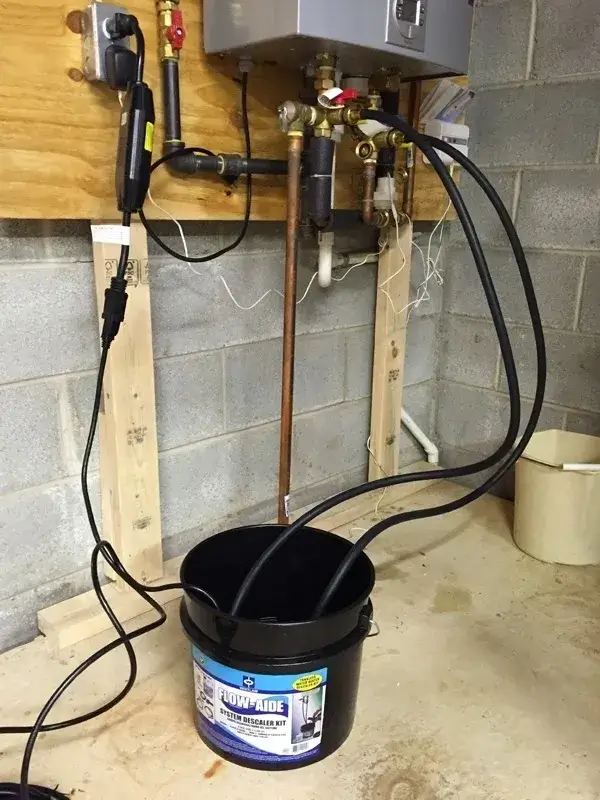
While tankless water heaters are more efficient and space-saving than traditional ones, they still require maintenance, including flushing to remove limescale buildup. This holds for both gas and electric tankless water heaters. Since they don’t have a tank, the scale builds up on the burners or heating unit, affecting the heater’s performance, energy consumption, and water flow.
Related: How To Flush a Tankless Water Heater
When Should You Descale Your Tankless Water Heater?
It is generally recommended to descale your tankless water heater at least once a year. However, if it’s not heavily used, descaling every 2-3 years or even up to five years might be sufficient. Flushing the water heater annually is the best option for maintaining its functionality.
Many tankless water heaters have an alert feature, notifying you when limescale begins affecting its function. When in doubt, consult a professional to assess your heater.
To delay the need for cleaning, consider installing a water softening system. Water softeners not only extend the life of tankless water heaters but also save money and energy. They work by converting calcium and magnesium ions into sodium, which prevents mineral buildup leading to limescale and bacteria.
Additionally, using a water softener can help address issues caused by hard water, such as dry skin and hair, faded or stained clothes, and frequent plumbing issues.
Supplies For Descaling Tankless Water Heater
Descaler vs Vinegar for Tankless Water Heaters
When it comes to selecting a cleaning solution for descaling your tankless water heater, you might wonder whether using white vinegar or a specialized descaling solution is better. White vinegar is often recommended for cleaning Rinnai and Noritz tankless water heaters because it’s a safe, cheap, and effective option.
Related: Rinnai Tankless Water Heater Problems
However, some might argue that vinegar is not as efficient at removing scale. In reality, numerous articles demonstrate the effectiveness of vinegar in cleaning.
The main reason why descaling solutions exist is to provide an alternative for those who might have concerns about using vinegar on certain surfaces. If your tankless water heater has a particularly severe buildup, using a descaler like Flow-aide might be a safer choice due to its non-corrosive and non-toxic nature.
Water Heater Descaler Kit
If you’re descaling your tankless water heater for the first time and don’t have the necessary supplies, don’t worry. There are descaling kits available on the market that include everything you need:
- A 3-5 gallon water bucket
- Two stainless steel hoses
- A utility (submersible) pump
- A cleaning solution (either in powder or liquid form)
One popular choice is the Chromex Tankless Water Heater Flush Kit, which comes with a descaling solution. By using a descaling kit like this, you’ll have all the tools you need to maintain and extend the life of your tankless water heater. In addition to cleaning your heater, it’s also a good idea to invest in a water softener or a sediment filter to help prevent future scale buildup and maintain proper water quality.
Descaling Tankless Water Heater – How-To
Here are the steps for descaling your tankless water heater:
Instructions:
- Shut off water and power.
- Connect hose to drain valve and place other end in bucket.
- Mix solution – 1 cup bleach per 5 gallons water.
- Turn on water supply and open nearby faucet to relieve pressure.
- Open drain valve and let flush water flow into bucket for 5-10 minutes.
- When water runs clear, close drain and remove hose.
- Turn water and power back on.
That’s it!
Just five easy steps to flush out your tankless water heater. Taking 10 minutes now ensures it stays running smoothly for years to come. No need for fancy tools – just simple household items. Protect your investment and keep hot water flowing with regular flushing.
By following these steps, you can keep your tankless water heater clean and working efficiently. (source)
Maintaining Your Tankless Water Heater
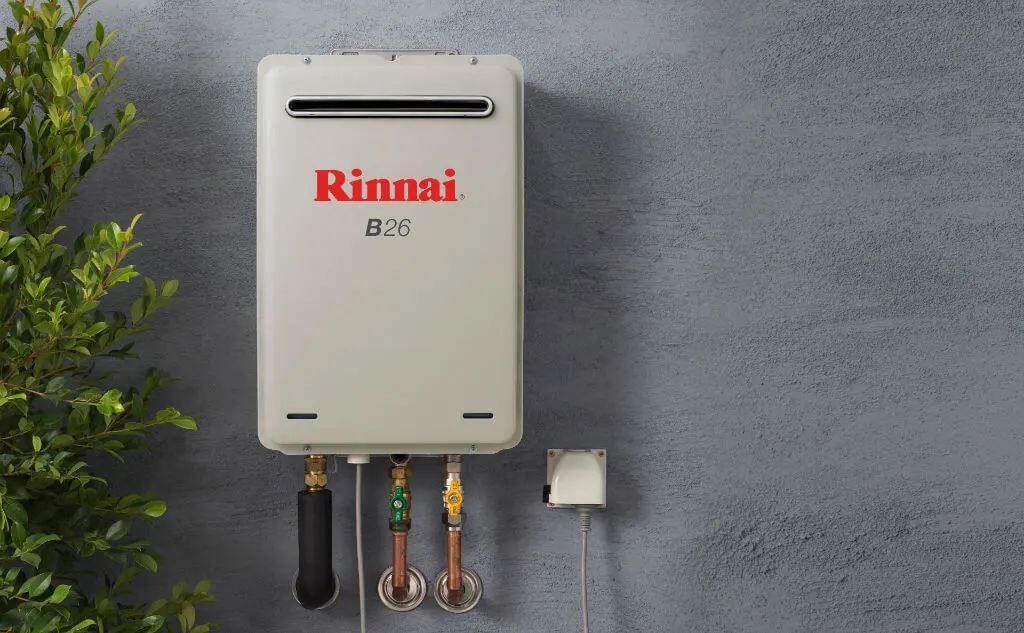
The Importance of Cleaning Your Tankless Water Heater
Cleaning your tankless water heater is essential for its proper functioning and longevity. Regardless of the brand, be it Rinnai, Noritz, or Navien, every tankless water heater requires maintenance at least once per year. Hard water elements can cause scaling and buildup inside the heater, so it’s a good idea to install a water softener to combat these issues. Some heaters even have alerts that notify you when maintenance is required.
Instead of taking on the task yourself, consider hiring a professional cleaning service. This is because attempting to descale your tankless heater on your own could void the warranty. It’s crucial to research different warranties and find authorized professionals to handle the maintenance.
How Much Does It Cost for Tankless Water Heater Descaling?
Expect to pay between $100 and $200 for a professional cleaning service to descale your tankless heater. While you can purchase a descaling kit and perform the maintenance yourself, it’s not always necessary.
You may already have the needed supplies at home, or you can borrow them. Descaling kits typically cost between $110 and $150, with descaling solutions costing about $50. Additionally, white vinegar is an affordable alternative to commercial descalers and can be purchased for $10-$20.
Regularly maintaining your tankless water heater is vital for optimal performance, heating efficiency, and extended lifespan. Scheduling yearly maintenance with a plumbing professional helps prevent clogs, water flow disruptions, sediment buildup, and mineral deposits, which can increase energy consumption and reduce energy efficiency. Proper maintenance can also help save on energy bills and prevent potential damage to your heater’s heating elements.
Related: Rinnai Tankless Water Heater No Hot Water
The Takeaway
I find descaling a tankless water heater to be a straightforward task. While it might appear daunting at first, having the right supplies – found in a descaling kit – simplifies the process significantly. Following the easy steps I’ve outlined in this article will effectively remove any limescale buildup on your tankless heater.
Be cautious, though, if your tankless water heater is still under warranty, as DIY work may void it. In addition, you might consider installing a water softener to reduce the frequency of descaling to more than once a year. The information shared here instills confidence, clarity, and emphasizes a neutral, knowledgeable tone.
Read Next: How To Make Water Heater More Efficient
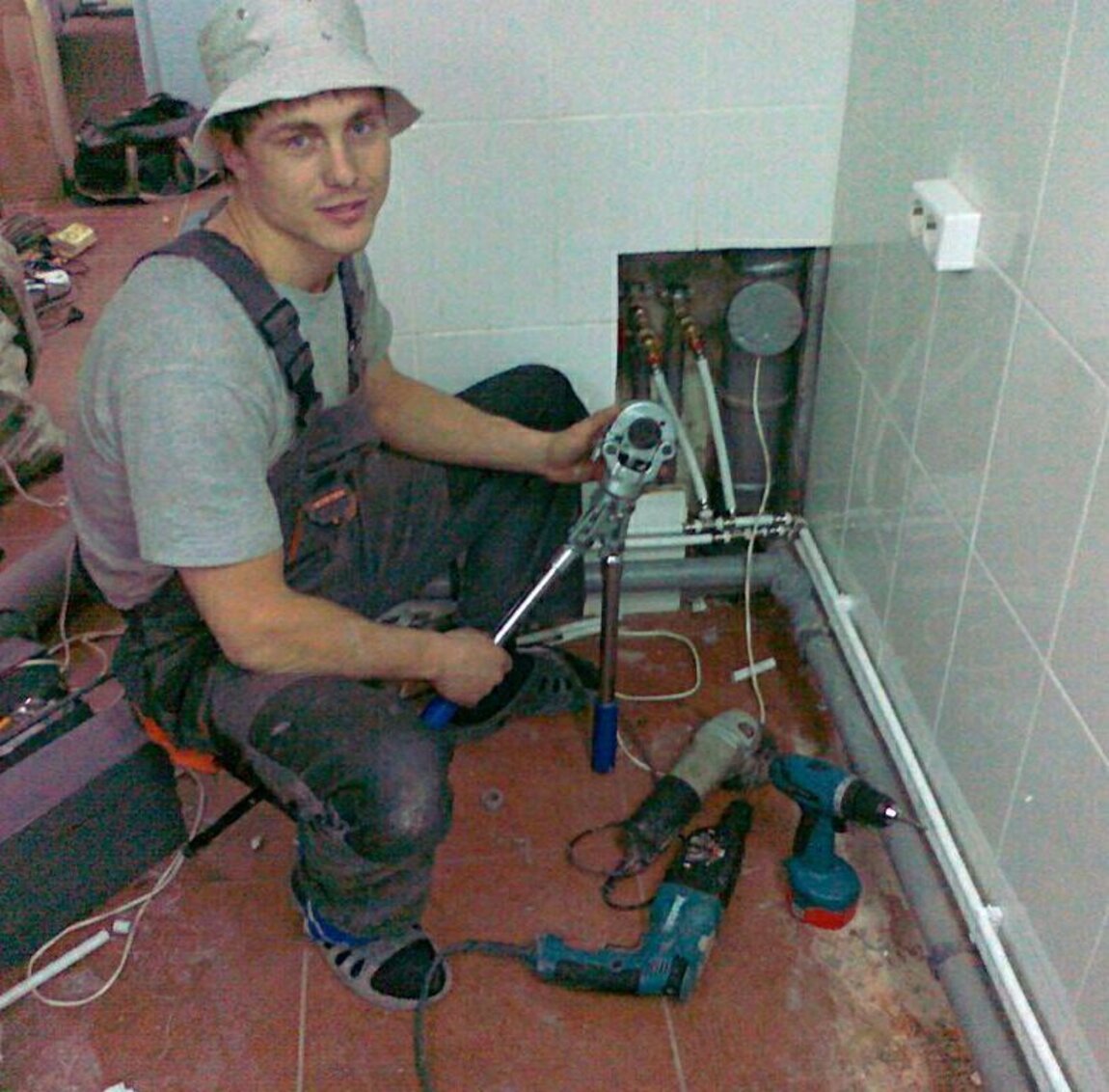
Michael Davis is a heating & plumbing expert who currently works as independent contractor in SC. He also writes for Plumbertip.
For almost 10 years he worked on various plumbing tasks across South Carolina.
